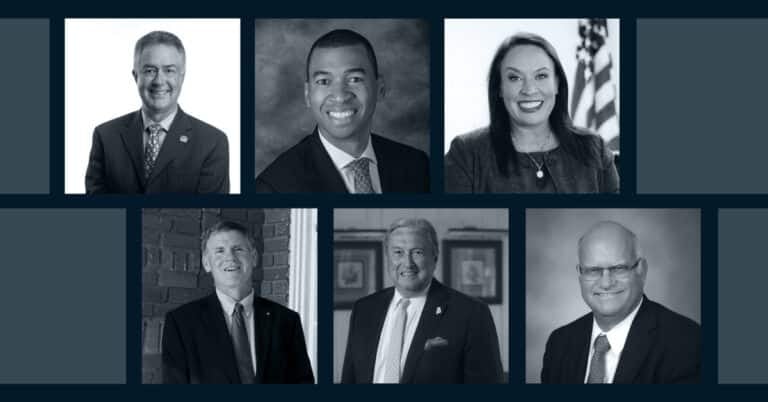Higher education institutions are more than academic centers — they are powerful catalysts for economic development, community engagement and workforce readiness. From four-year universities to community colleges, these institutions are united in their mission: to educate, empower and elevate the next generation.
Career-Driven Curriculum and Real-World Skills
A consistent theme across local institutions is an emphasis on programs that reflect real-world demands. From healthcare to AI, today’s degree paths are designed to deliver immediate value.
“Trenholm State offers a diverse array of programs designed to meet the demands of today’s workforce,” said Dr. Kemba Chambers, President of Trenholm State Community College. With 15 healthcare programs, the FAME apprenticeship in manufacturing and new tracks in cybersecurity and data analytics, Trenholm State aligns training directly with industry needs.
“In essence, Trenholm State’s bold approach combines career-driven education, real-world partnerships and a deep commitment to community transformation thus creating a learning environment that meets today’s needs and anticipates tomorrow’s challenges,” said Dr. Chambers.
Similarly, Auburn University at Montgomery (AUM) has introduced forward-looking programs to close talent gaps in critical sectors. “In considering the state’s critical shortage of K-12 STEM educators, we launched the AUMTeach program which allows students pursuing undergraduate degrees in biology, chemistry, math or computer science to earn a minor in education while also completing teacher certification,” said Dr. Carl A. Stockton, Chancellor of AUM.
Technology Integration and Innovation
Across campuses, technology isn’t just an add-on—it’s embedded into how students learn and how institutions operate. Dr. Quinton T. Ross, Jr., President of Alabama State University (ASU), highlighted their AI-powered assistant, “Ask Stinger,” which supports students, faculty and research efforts. “We have incorporated the use of AI in almost every facet of the student experience,” he said.
AUM has taken a similar approach, launching a Master of Science in AI to help business professionals understand how to leverage emerging technologies across sectors.
“AUM has been recognized by U.S. News & World Report as being one of the most innovative regional comprehensive universities in the South, which is indicative of a university receptive to change,” said Dr. Stockton.
Campus Expansion Efforts and Improved Learning Environments
To match this growth in programming, our local institutions are also investing in infrastructure.
- ASU recently announced plans for two new student apartment communities that will add nearly 500 beds and new student amenities as part of a $87.2 million project within the university’s Focus 2030 plan.
- Trenholm State is expanding with a new Healthcare Training Facility that will consolidate 15 health sciences programs, culinary arts and hospitality management into a single, state-of-the-art location.
- AUM celebrated the opening of a 57,000-square-foot Science and Technology Complex, which will expand opportunities for STEM education and faculty research.
- Faulkner University completed major upgrades to its Health Sciences facilities, including expanded labs and learning spaces, designed to support growing programs in nursing, physical therapy, physician assistant studies, etc.
Community and Industry Partnerships
What truly sets these institutions apart is their commitment to community and workforce collaboration. “We welcome the opportunity to engage with the business community,” Dr. Ross said. By working closely with local and regional employers, these universities are shaping programs that align with real job markets—and giving students a direct path to employment.
“ASU is not just located geographically within a local community; we also are inextricably linked to the community in which we operate. The university is committed to reaching beyond its campus boundaries to serve and be part of the greater community for the betterment of all,” said Dr. Ross.
As these campuses grow and adapt, they’re proving that higher education can be both visionary and practical.







